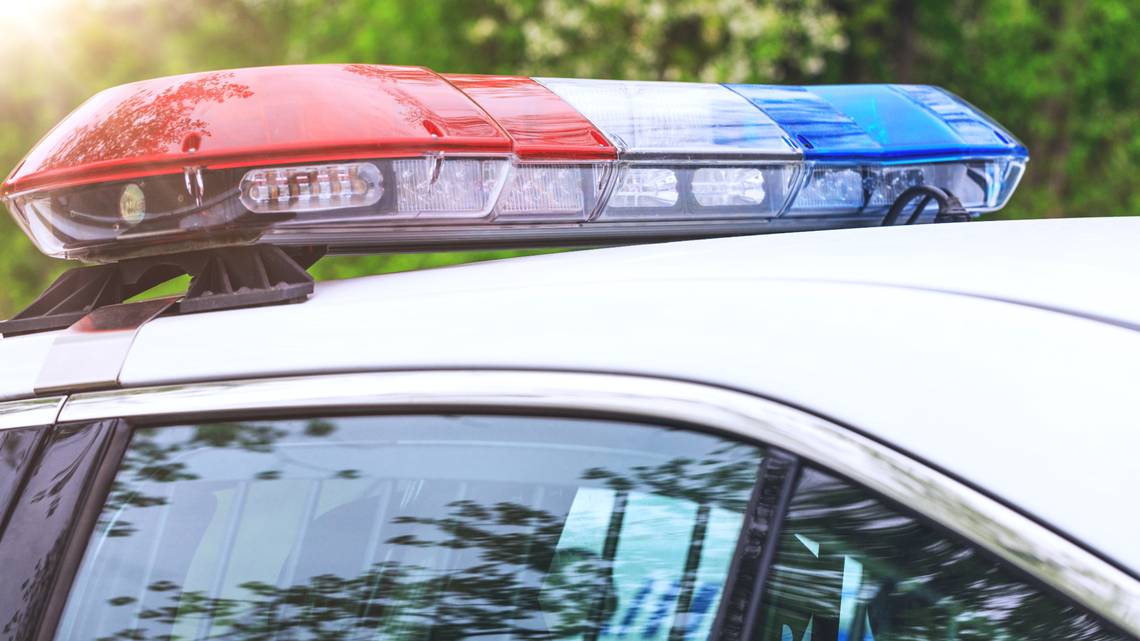16/06/2022 Stati Uniti, Iowa
“If you ever come across anything suspicious like this item, please do not pick it up, contact your local law enforcement agency for assistance”
Melissa Williams says her husband was digging up a spot for a new fence post in their Iowa backyard when he discovered a World War II era mortar shell, according to local news reports. “I looked it up online and it said it was like an aerial dart from World War II or whatever. So I sent a picture to my father and he said, no that’s, you need to call the police on that one,” she told KWWL. “And it turns out it was an unexploded one.” The Dubuque Fire Department was called to the home at 3:23 p.m. local timeSunday, June 12 for “what is believed to be an unexploded WWII-era mortar round/ordnance,” according to a news release. About 25 homes in the eastern Iowa neighborhood were evacuated so a specialist could check out the bomb. Shortly before 7 p.m. that evening, officials said the unexploded bomb had been removed from the area so it could be safely detonated. Residents were allowed back into their homes. “I was shaken for probably a couple hours,” Williams told KWWL. “Didn’t sleep a whole lot well last night. So you know other than that it was just not something you’d think you’d ever find, you know.” She and her family described the unexpected encounter as a “one-in-a-million thing,” KCCI reported. “First off, why is it here?” she questioned, according to the TV station. “This is Dubuque, Iowa. It’s not like anything happened here in WWII.” Authorities say there is no longer a danger to the public.
Photo-Source: newsobserver.com
If you find anything that appears to be an explosive device, do not touch it, leave it where it is and call the police. We will contact the appropriate agencies to properly dispose of the item.
Dear editors, Biography of a bomb is aimed at highlighting the danger caused by unexploded bombs. Moreover, the most important aspect is that we work completely non profit, raising awerness about this topic is what drives us. We apologize if we make use of pictures in yours articles, but we need them to put a context in how findings are done. We will (and we always do) cite source and author of the picture. We thank you for your comprehension.





